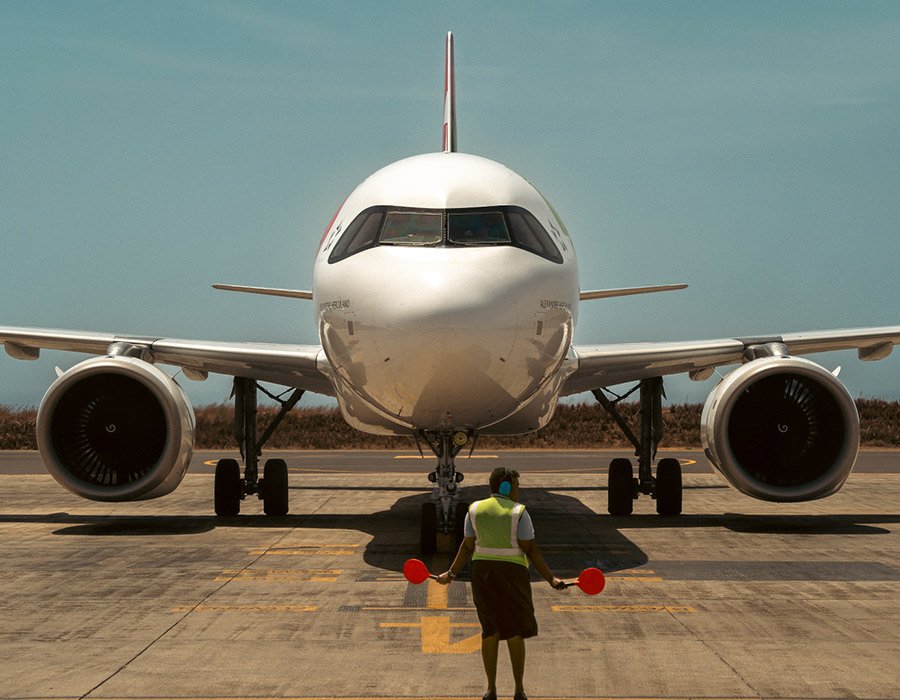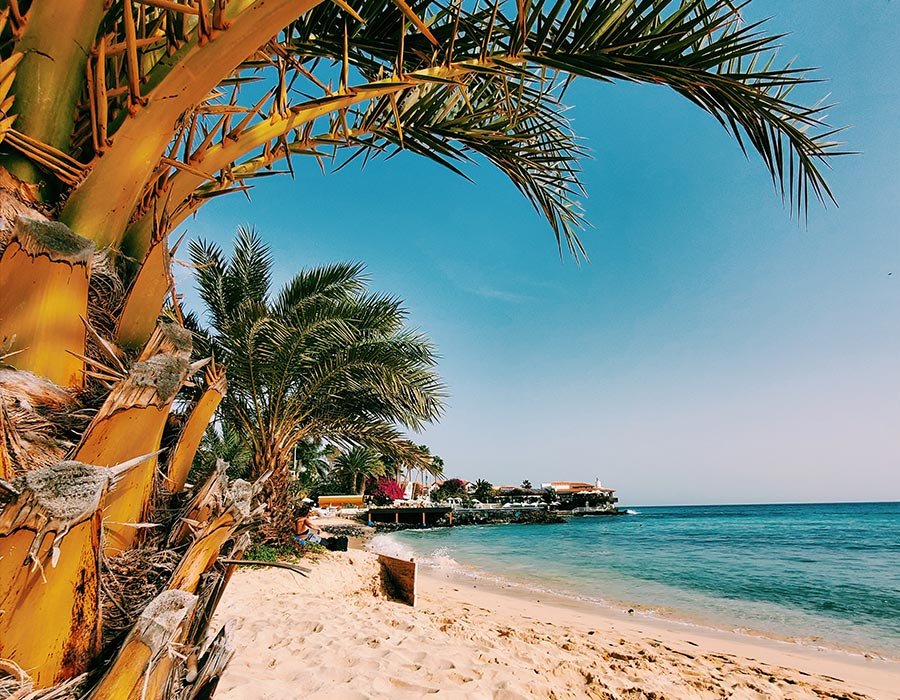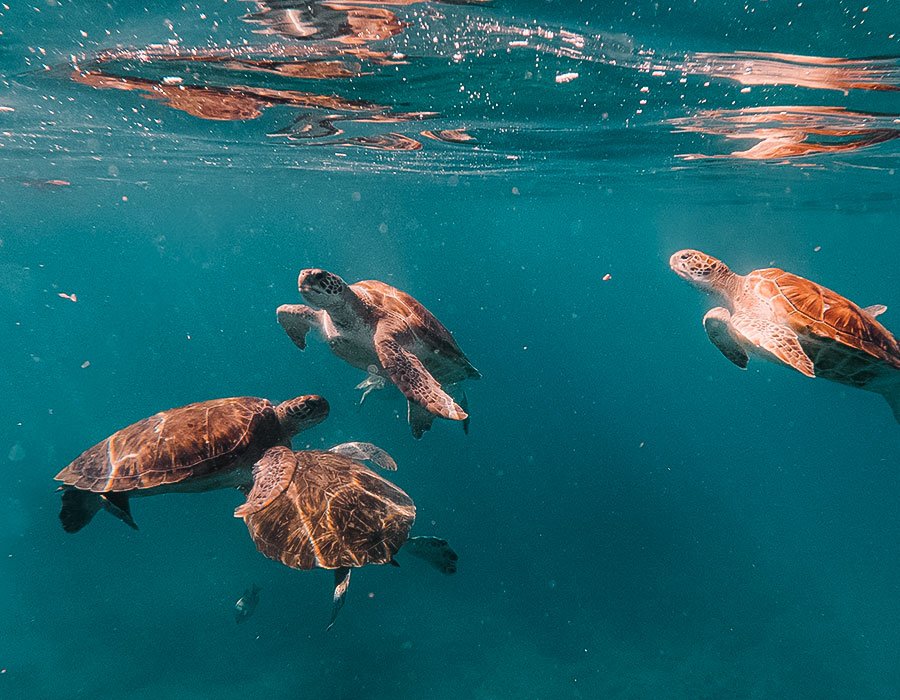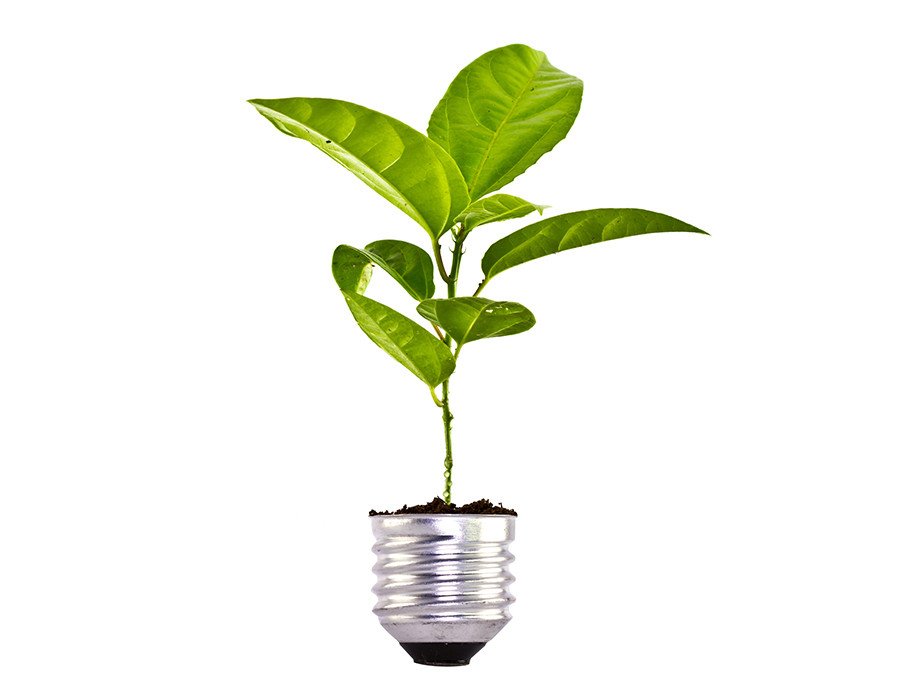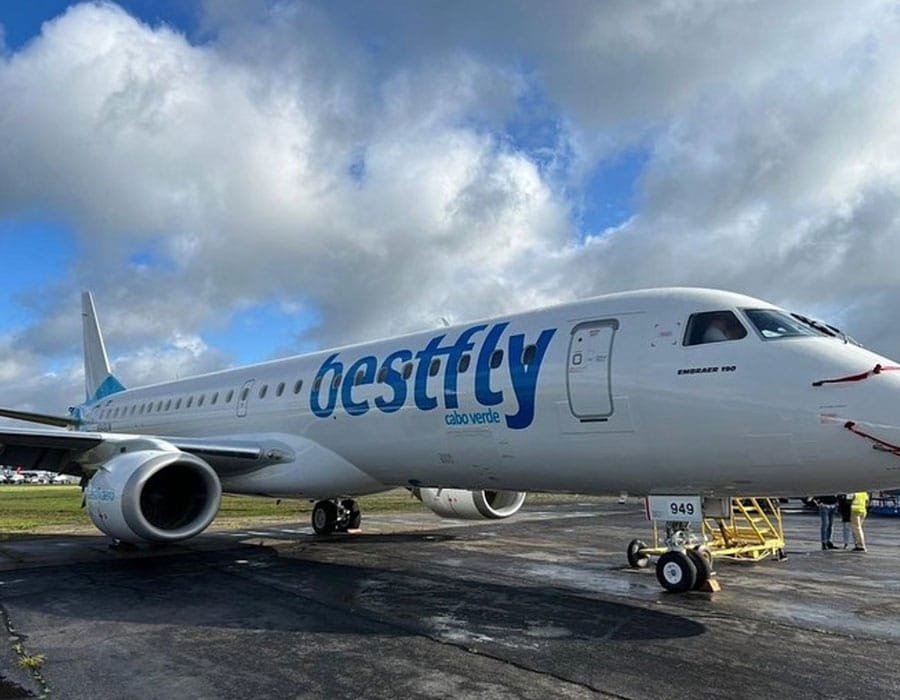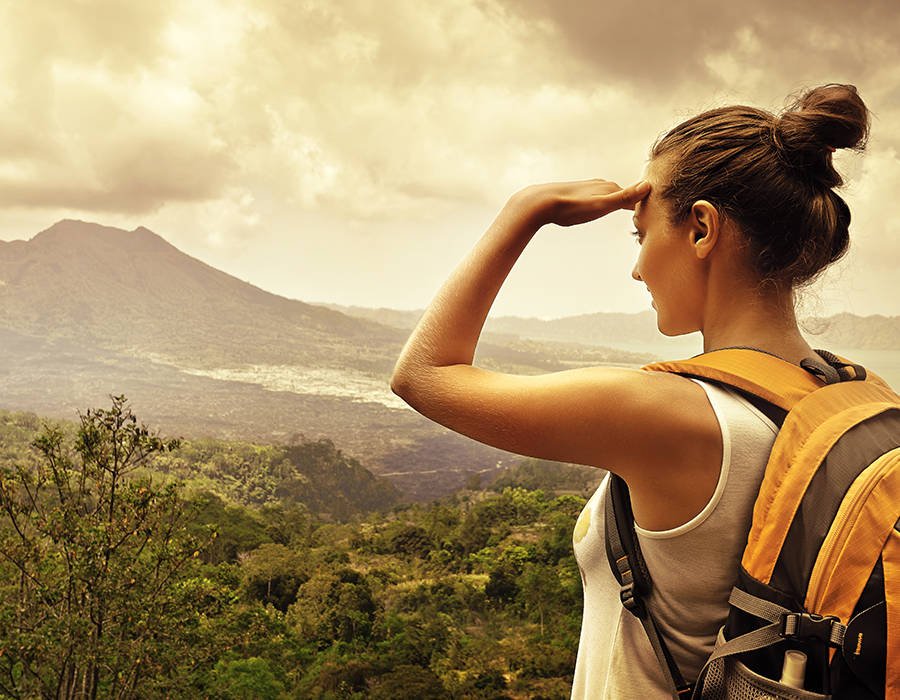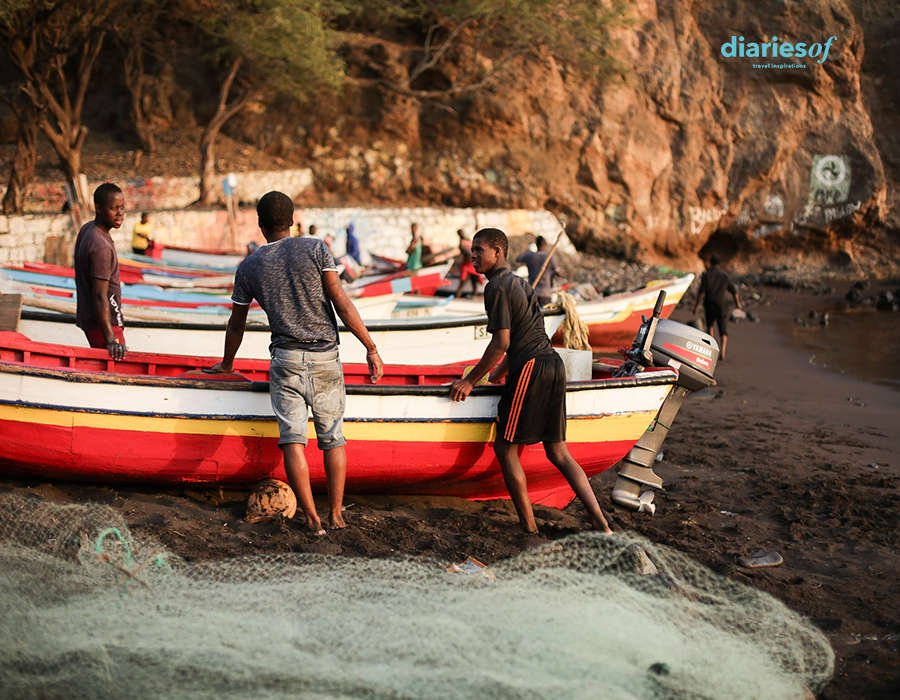Climate change in tourism is real: do you know its impact?
There are three key factors that determine the choice of a tourist destination: weather, natural environment and safety. This is especially true for nature destinations. If you think about it, what is the first thing you consider when you are looking for a beach destination? And what if you want to go skiing? In both cases, you want the weather conditions to be favorable for the type of trip you’re looking for. But we don’t count on the fact that the onset of global warming (and, consequently, climate change) could cause such a swing in temperatures and meteorological phenomena that certain places start to be eliminated from the tourist map.
The relationship between tourism and climate change is a curious one. Certainly, the former has a major impact on the latter. On the other hand, the climate change could be responsible for the reduction of the tourism in certain parts of the world. Tourism is therefore both a cause and an effect of climate change.
This is how climate change in tourism takes effect. Or is it tourism impacting the environment?
During a trip, our comfort does not come free from the environment. Every little detail adds up: abusive use of water, heating and air conditioning systems, food supply, irrigation systems, artificial snow production (in the case of a winter destination), etc. In fact, we could divide the main sources of CO2 emissions in the tourism sector into three broad categories: accommodation, transport and tourist activities.
According to a report prepared a few years ago by the World Tourism Organization (UNWTO) together with other organizations, it is transport (and especially air transport) that generates the greatest amount of CO2 emissions. Specifically, 1 billion tons of CO2 per year.
It is worth remembering that the increase in greenhouse gas emissions is already resulting in an increase in the average annual temperature. The effects are well known: rising sea levels, extreme temperatures, increased intensity of adverse weather phenomena such as cyclones, hurricanes, storms, typhoons, and tsunamis.
"The proliferation of natural disasters could turn destinations that were once popular tourist spots into high-risk areas."
And all this... what does it mean in practice?
Given the close link between climate conditions and tourism, it is safe to say that these environmental changes are doing tourism a disservice. According to the UNWTO, the most vulnerable destinations are island, coastal and mountain destinations, as they are closely linked to nature activities. Let’s take a look at the impact of the growing climate change in tourism:
1. Loss of tourist attractiveness
There are destinations that base their tourist attractiveness on a pleasant climate. This is the case of Caribbean, Asian or African beaches, for example. If these places should fall victim to hurricanes, typhoons and other inclemencies that prevent them from being enjoyed in all their splendor, tourism will unfortunately dissipate. The same can happen with ski resorts, which may be forced to produce artificial snow because of warmer winters.
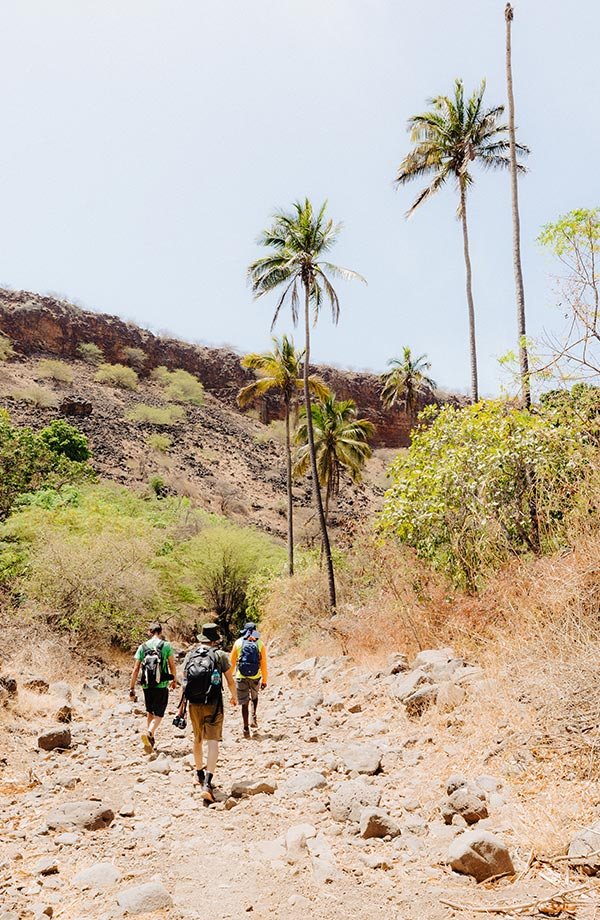
2. Worsening the situation
Some destinations are already experiencing severe drought problems. However, climate change could worsen the situation. Today, there are countries with water shortages that still offer tourists every comfort: swimming pools, unlimited showers, water parks…
3. Natural disasters
The connections surrounding climate change are complex. For example, global warming is causing much more water to evaporate from the oceans, resulting in torrential rains in other parts of the world. The proliferation of natural disasters can cause traditionally high-tourist destinations to become high-risk hotspots.
4. Biodiversity reduction
Climate change is also related to biodiversity loss. For example, in Australia, experts predict that by 2030, the Barrier Reef will be reduced by 60% due to ocean acidification caused by CO2 absorption. Glaciers and the Alps are also suffering from warming. Avalanches and landslides are becoming more frequent, with the resulting damage to the fauna and flora of these habitats.
In the end, we all lose when it comes to climate change in tourism: the environment, tourists and local economy. Now that you are aware of the problem, you will most likely agree that sustainable travel is the way to go.







